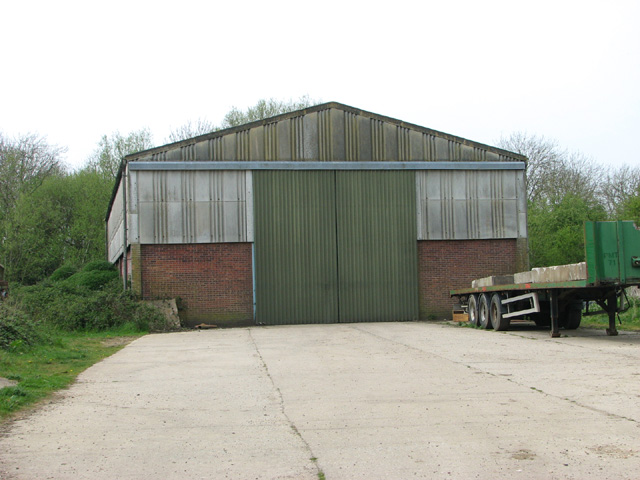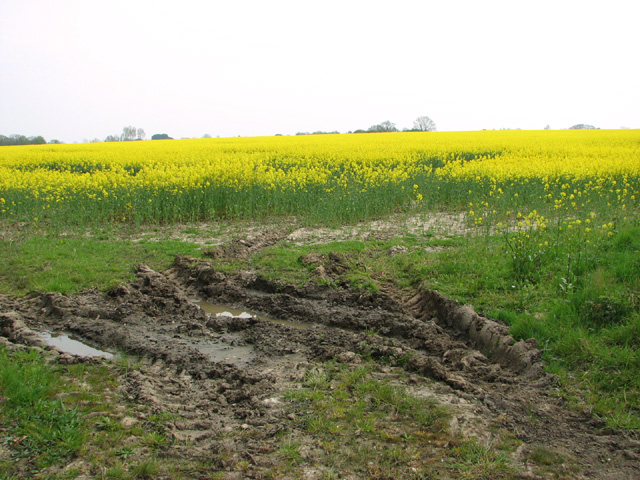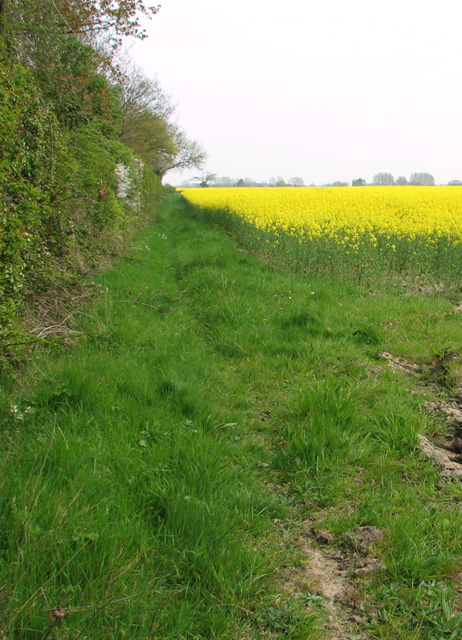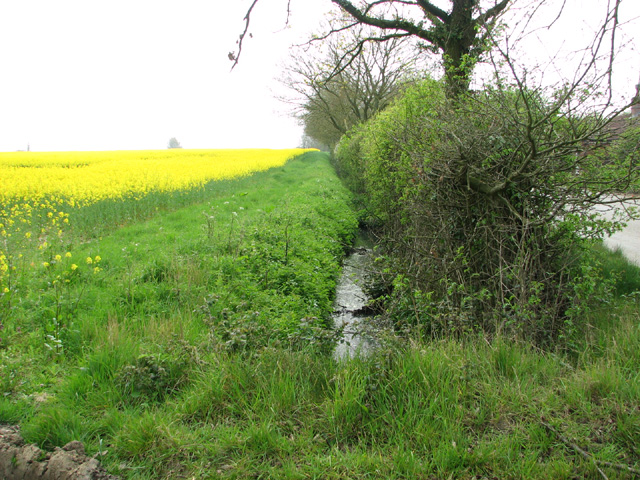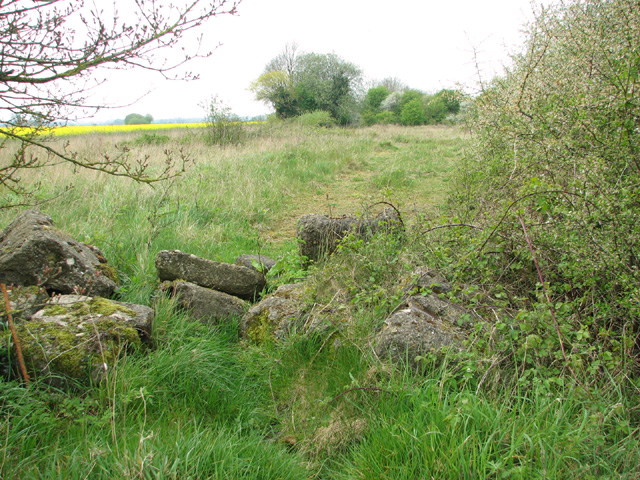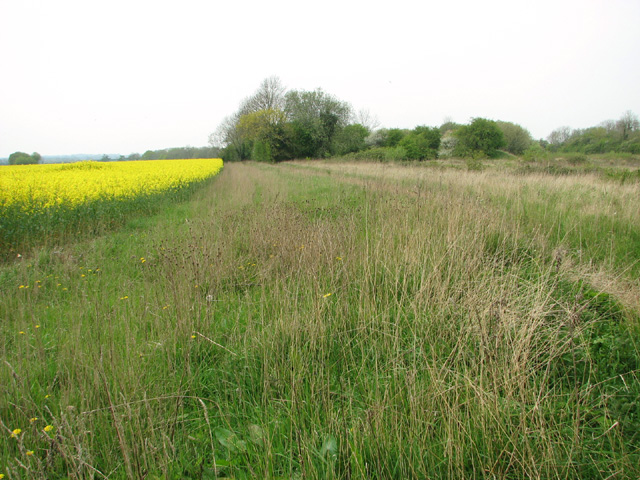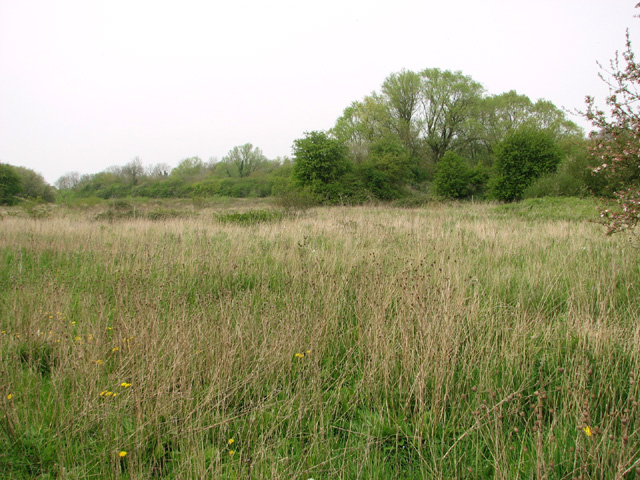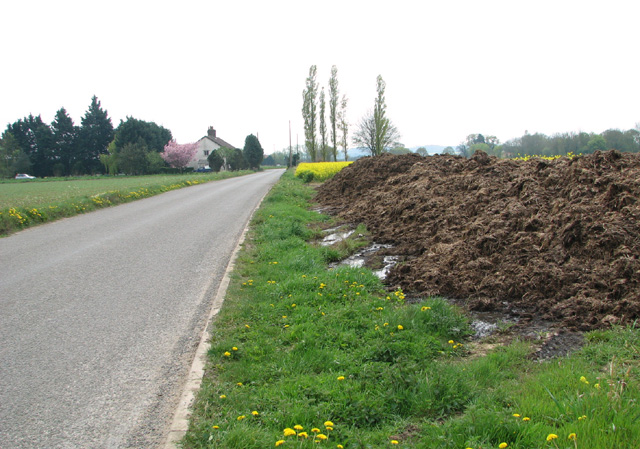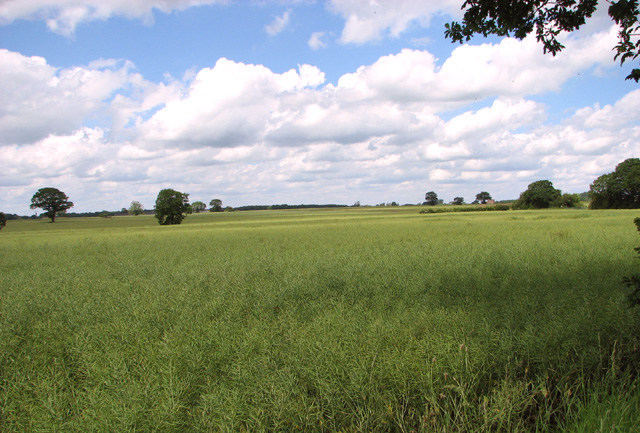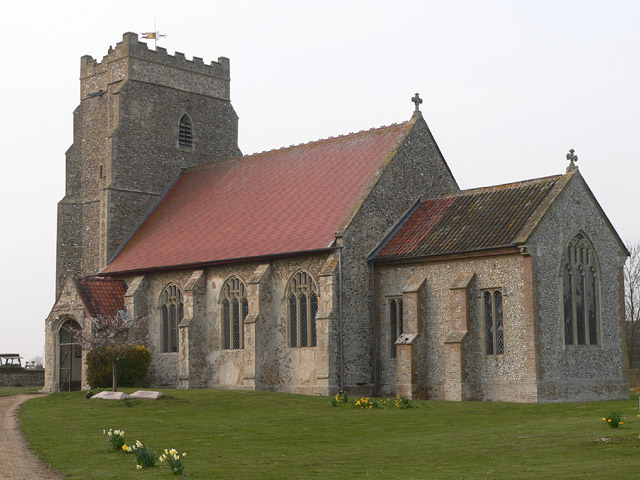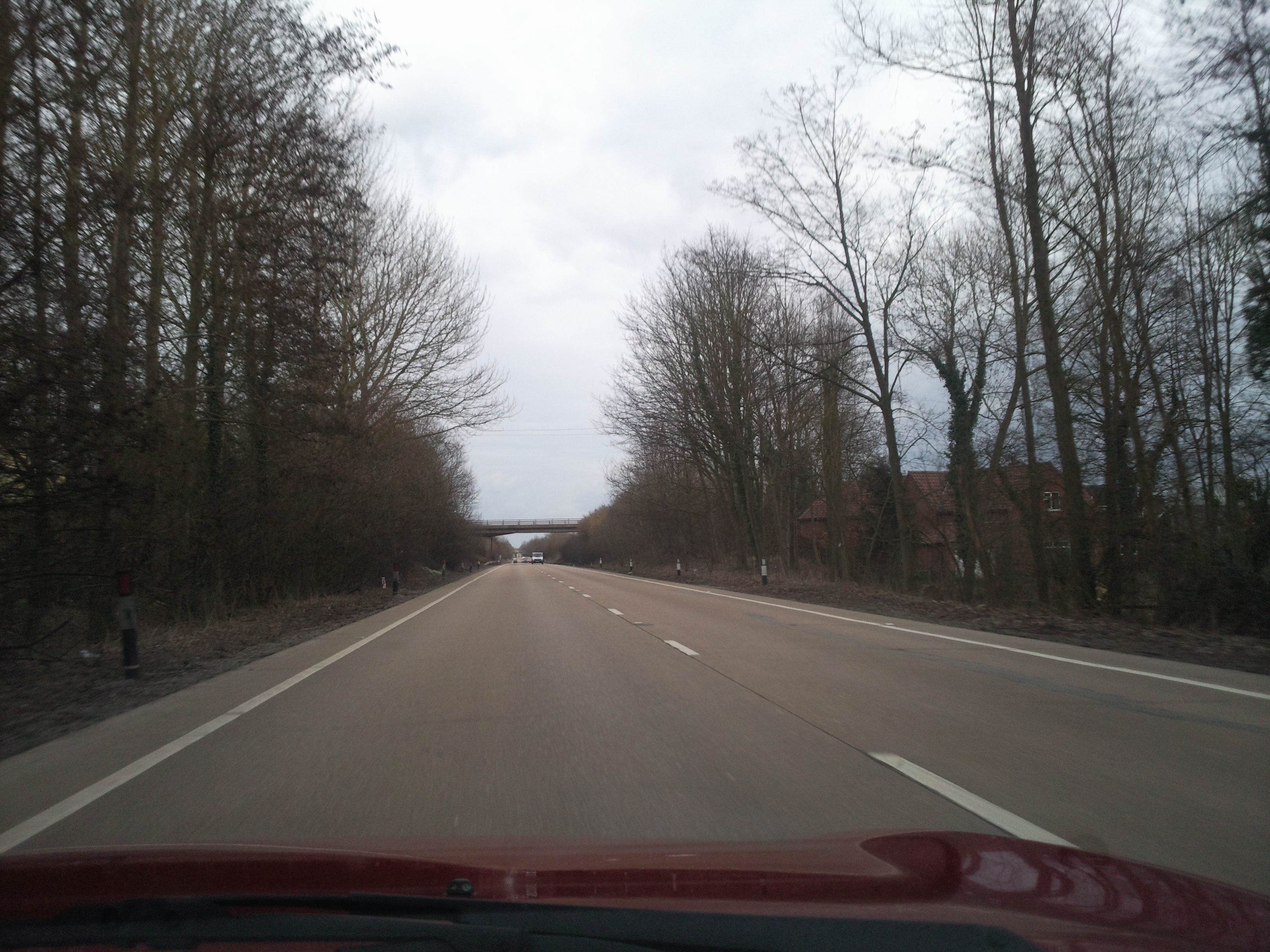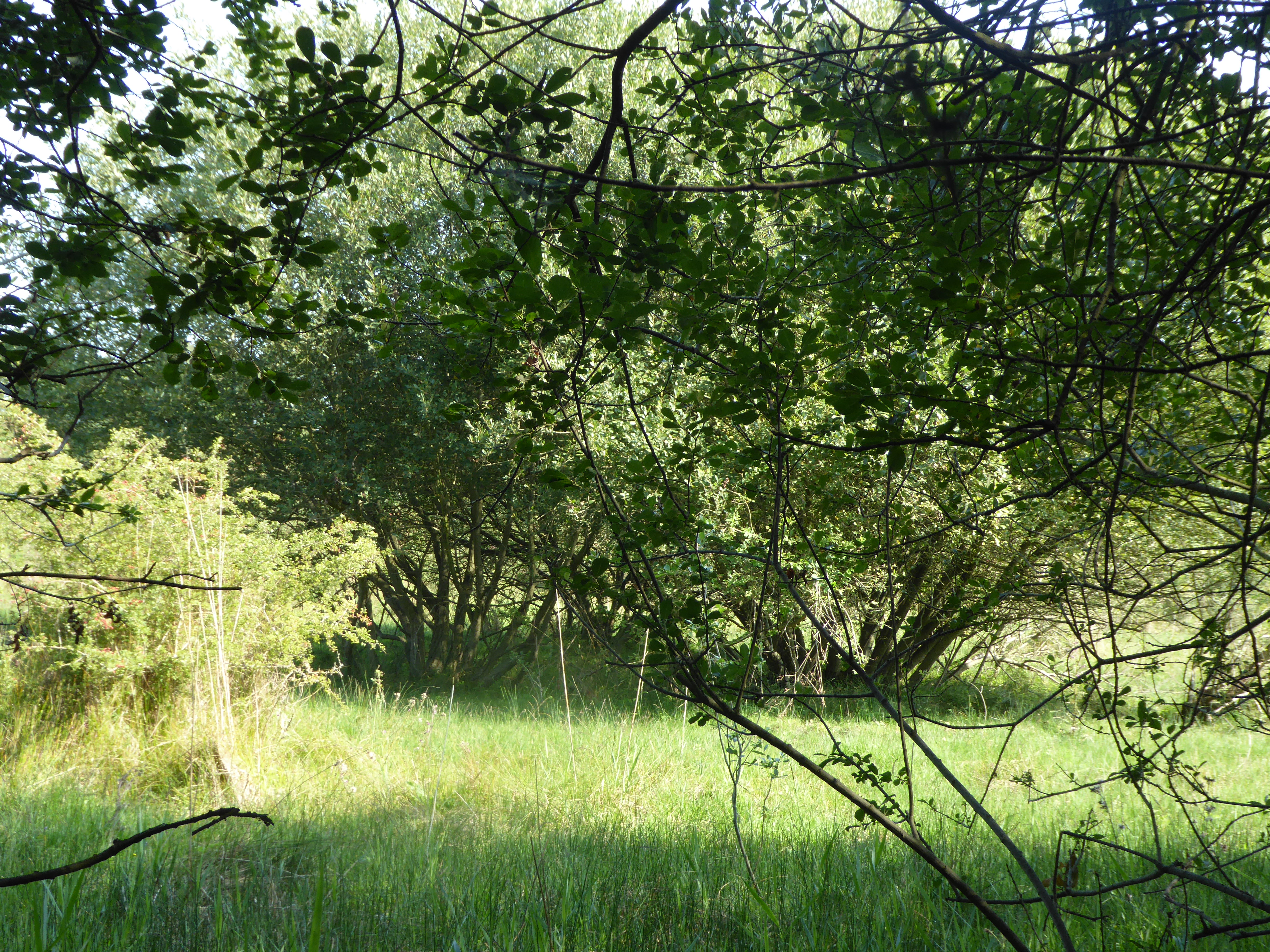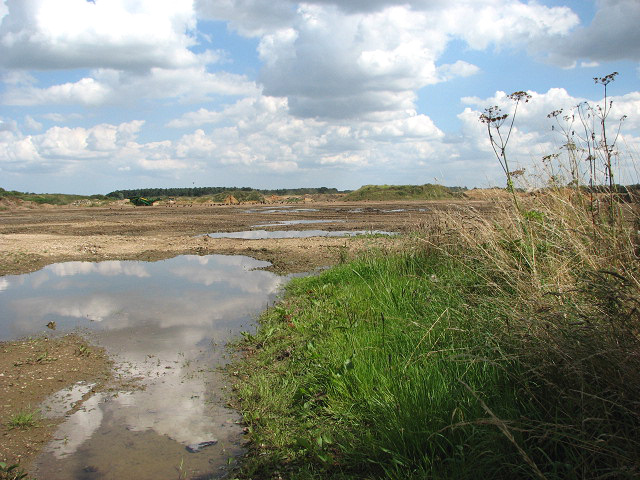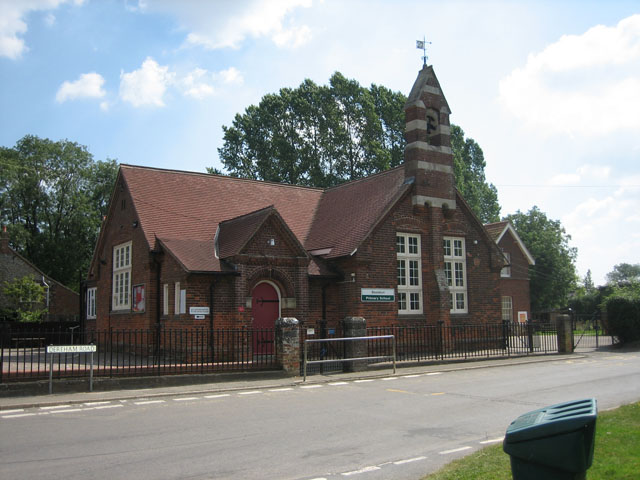Hall Green
Settlement in Norfolk Breckland
England
Hall Green
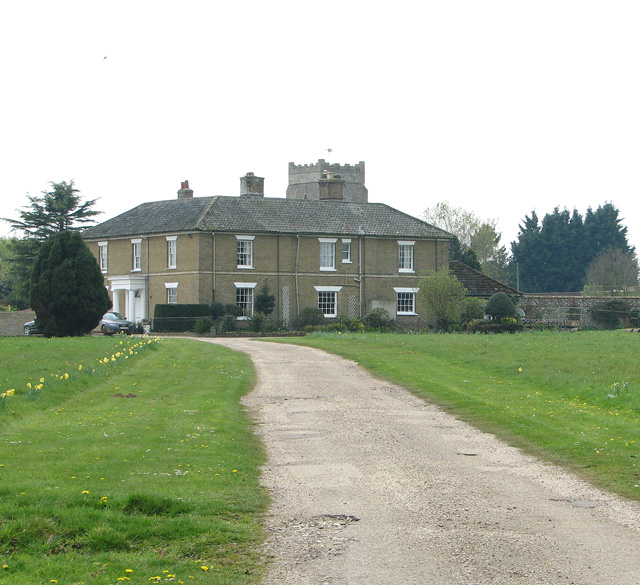
Hall Green is a small village located in the county of Norfolk, England. Situated approximately 15 miles northeast of the city of Norwich, Hall Green is nestled in a rural setting surrounded by picturesque countryside. The village is part of the Broadland district and falls within the civil parish of Rackheath.
Hall Green is characterized by its quaint and peaceful atmosphere, offering residents a tranquil place to call home. The village is primarily residential, with a small population that fosters a tight-knit community spirit. The houses in Hall Green are predominantly traditional, reflecting the village's historical roots.
Despite its tranquil surroundings, Hall Green benefits from its proximity to nearby towns and cities. The bustling city of Norwich is easily accessible, providing residents with a range of amenities including shopping centers, restaurants, and cultural attractions. The village is well-connected by road, with the A1270 Norwich outer ring road passing close by, linking Hall Green to other major routes in the region.
Nature enthusiasts will appreciate the abundance of green spaces and nature reserves in the area. The nearby Whitlingham Country Park offers opportunities for outdoor activities such as walking, cycling, and water sports. The Norfolk Broads, a network of lakes and rivers, are also within reach, providing scenic boat trips and wildlife spotting opportunities.
In summary, Hall Green offers a peaceful and idyllic setting for residents seeking a rural lifestyle, while still enjoying the convenience of nearby urban amenities and natural beauty.
If you have any feedback on the listing, please let us know in the comments section below.
Hall Green Images
Images are sourced within 2km of 52.699137/0.86047705 or Grid Reference TF9315. Thanks to Geograph Open Source API. All images are credited.

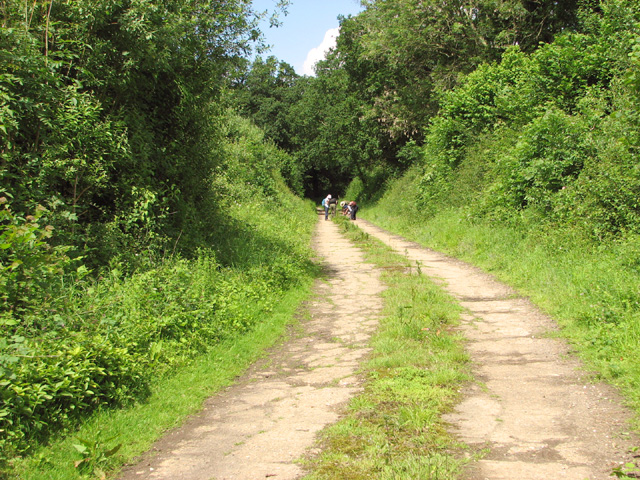
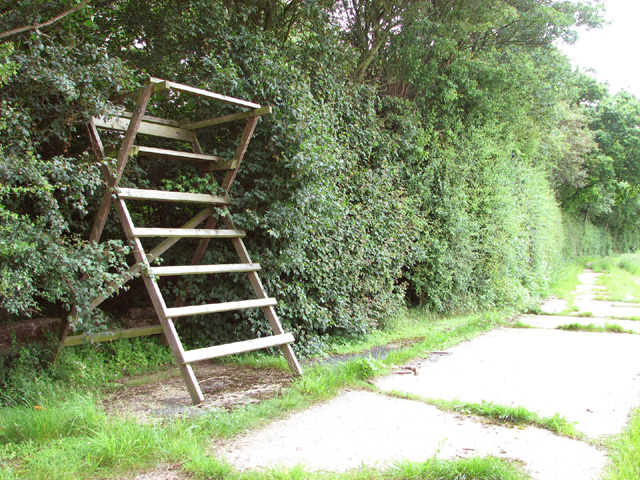
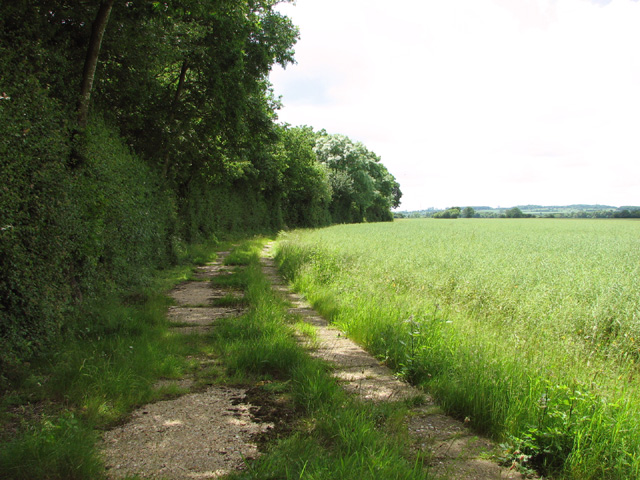
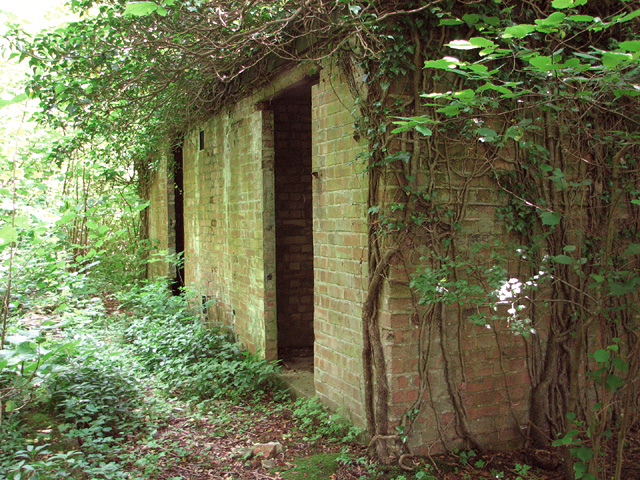
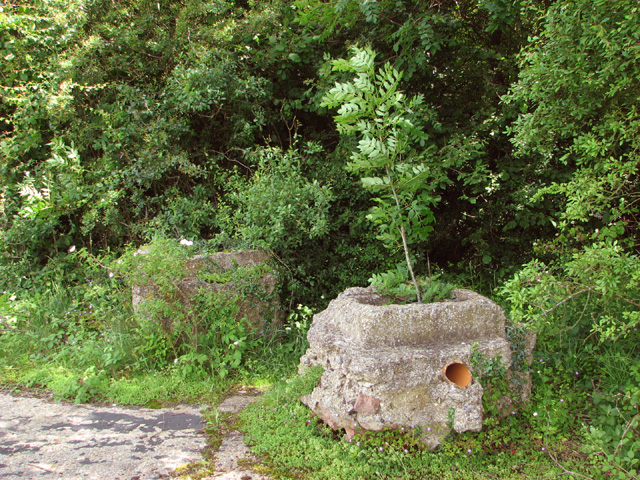
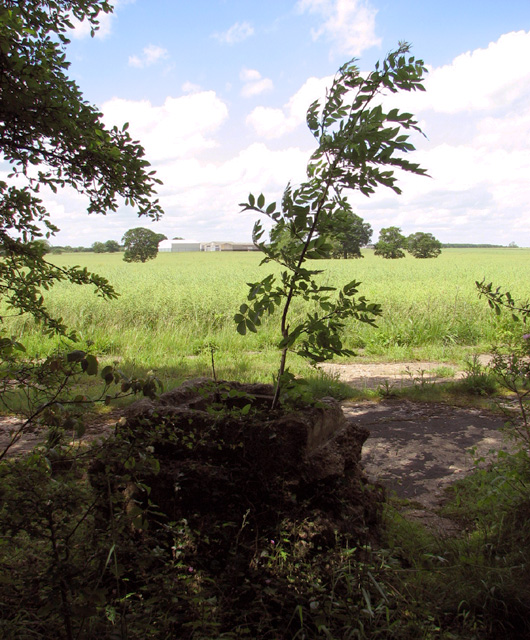
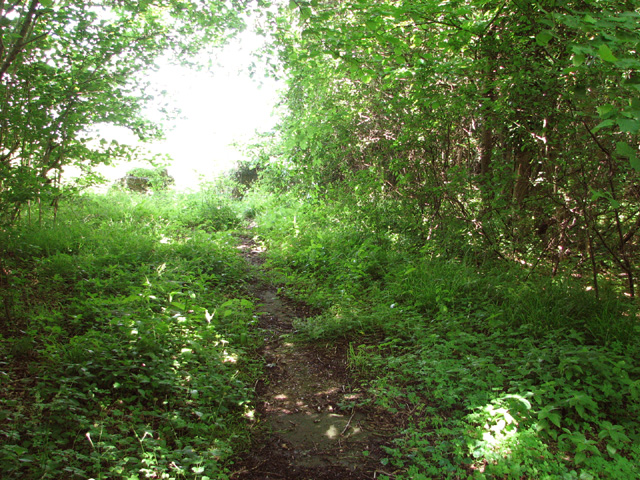
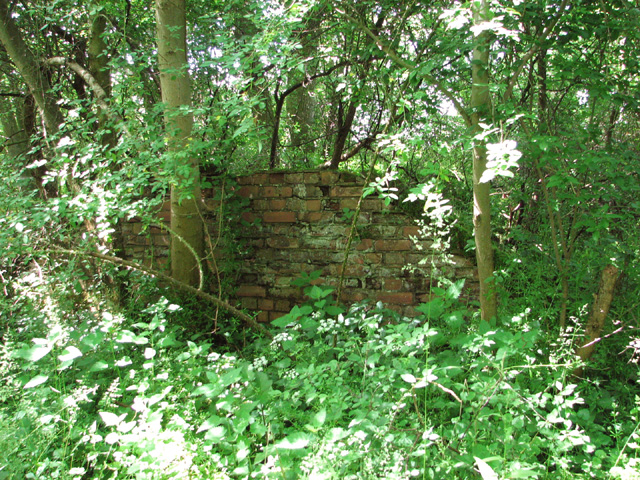
Hall Green is located at Grid Ref: TF9315 (Lat: 52.699137, Lng: 0.86047705)
Administrative County: Norfolk
District: Breckland
Police Authority: Norfolk
What 3 Words
///porridge.callers.caller. Near East Dereham, Norfolk
Nearby Locations
Related Wikis
Honeypot Wood
Honeypot Wood is a 9.5-hectare (23-acre) biological Site of Special Scientific Interest west of Dereham in Norfolk. It is managed by the Norfolk Wildlife...
Longham
Longham is a village situated in the Breckland District of Norfolk and covers an area of 540 hectares (2.1 square miles) with a population of 219 in 100...
Wendling railway station
Wendling railway station was a railway station in Wendling, Norfolk on the Great Eastern line between Dereham and King's Lynn. It closed in 1968. This...
Holly Farm Meadow, Wendling
Holly Farm Meadow, Wendling is a 2.6-hectare (6.4-acre) biological Site of Special Scientific Interest west of Dereham in Norfolk, England.This meadow...
Beeston with Bittering
Beeston with Bittering is a civil parish in the Breckland district of Norfolk, England. According to the 2001 census it had a population of 505, increasing...
Wendling, Norfolk
Wendling is a village and civil parish in the English county of Norfolk. It covers an area of 5.25 km2 (2.03 sq mi) and had a population of 323 in 140...
Wendling Abbey
Wendling Abbey was monastic house in Norfolk, England. The Abbey once stood on marshy ground near a small rivulet (small stream) which runs to the south...
Beeston, Norfolk
Beeston is a village in the county of Norfolk, England, in the civil parish of Beeston with Bittering , west of East Dereham and south of Fakenham. It...
Have you been to Hall Green?
Leave your review of Hall Green below (or comments, questions and feedback).
